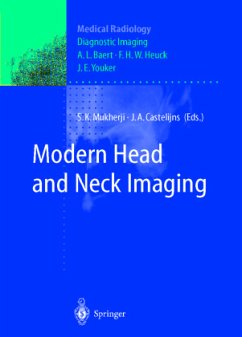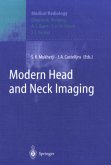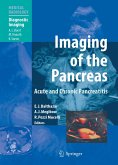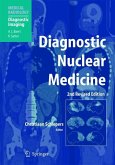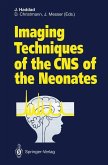Historically, the diagnosis of clinical problems in the head and neck has relied on a combination of physical examination and plain film radiography. Although Ziedses des Plantes' invention of tomography had a major impact on head and neck diagnosis, it remained for the development of CT, MR and modern nuclear medicine to truly revo lutionize the specialty. Not only have these new techniques provided better definition of osseous structures and soft tissues but adaptations of these techniques have allowed us to study function as well as anatomy. Utilization of the modern imaging techniques has also provided a springboard for new interventional techniques which promise to re define the treatment of head and neck problems. As a consequence there are now many highly specific diagnostic and therapeutic applications of these new technologies that are not familiar to the average practicing radiologist or otolaryngologist. Drs. Mukherji and Castelijns have made an important contribution by bringing together a group of outstanding authors from around the world who explain in detail how these new techniques can be applied and what their impact is on patient care. Included among the authors are both radiologists and oto laryngologists. The volume will serve as a practical, easy reference guide to physicians when unusual problems are encountered in this somewhat unfamiliar area of patient of particular value to the radiologist who deals with these care. The volume should be new modalities on a day-to-day basis.

